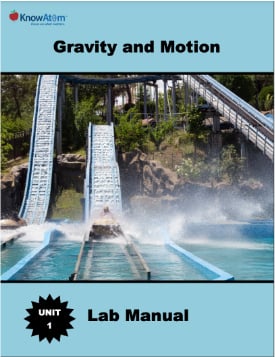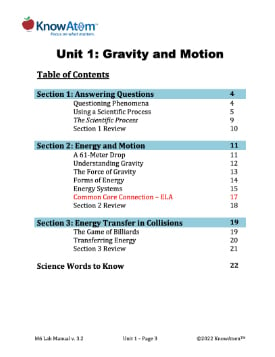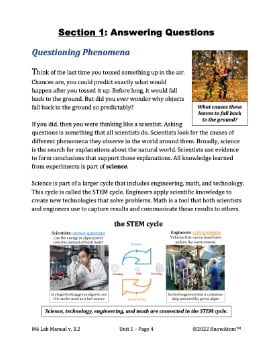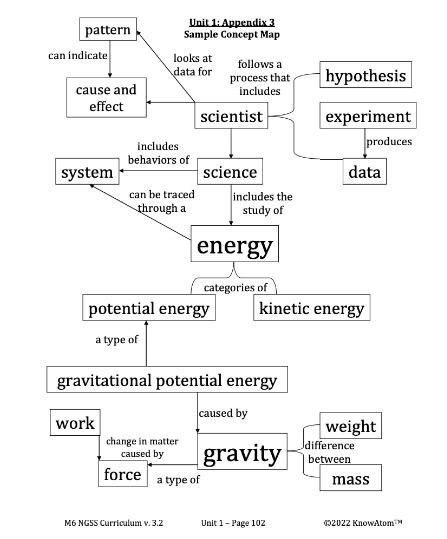A 61-Meter Drop
In April 2018, an amusement park in Ohio called Cedar Point began testing its newest roller coaster. This roller coaster is called Steel Vengeance. A ride on Steel Vengeance will last about 2 minutes and 30 seconds. It will reach speeds of up to 119 kilometers per hour (74 miles per hour). The first drop is a 90- degree drop of 61 meters (200 feet).
The height of ice slides, waterslides, and roller coasters is key to how all of these rides work. The taller the ride, the faster you can go. This is because of gravity—the force of attraction between all matter (everything that has mass and takes up space). Gravity pulls objects together.
It’s gravity that keeps us and all objects on Earth from floating off into the atmosphere, and that pulls all objects thrown up in the air back to the ground. In fact, an informal motto for national roller coaster day, held every August 16, is, “May the force of gravity be with you.”
Understanding Gravity
All matter has gravity, from rocks to plants, animals, and stars. However, the force of attraction depends on the mass of the two objects. Mass is the measure of the amount of matter that makes up an object or substance. It is measured in grams (g). The more massive an object is, the more its gravity will pull on other objects.
Earth’s gravity pulls on all objects on or near Earth’s surface because Earth is so massive. Earth’s gravity pulls all objects near Earth’s surface downward. Gravity keeps you from floating off into space. Earth’s gravity is also what pulls you back to the ground from the top of a waterslide.
Weight and Mass
The gravitational force exerted on an object by a planet or moon is called weight. It is measured in newtons (N). Here on Earth, weight is calculated by multiplying the object’s mass by the acceleration of gravity. The acceleration due to gravity is nearly identical everywhere on Earth (9.8 m/s^2).
Non-scientists often think that an object’s weight is the same as its mass. The two are related because an object’s weight depends on its mass. However, weight also depends on the force of gravity. On other planets and the moon, which have noticeably different gravities, an object’s weight would change dramatically. For example, the moon is less massive than Earth. Because of this, its gravity is weaker than Earth’s, so an object’s weight would drop by 83 percent on the moon compared to on Earth. The object’s mass, on the other hand, would remain the same wherever it was.
Gravitational Fields
Because gravity is an attractive force, objects don’t need to come into contact with one another to exert a force on each other. Instead, objects have gravitational fields. A gravitational field is the area around one object where another object will feel the gravitational force of the first object.
For example, Earth is so massive that its gravitational field extends beyond the atmosphere, pulling on all objects within it, including the moon.
This gravitational field causes patterns in movement. Remember that a pattern is something that happens in a regular and repeated way. Every time you release a pen in the air, the pen will fall back to Earth’s surface because the pen is within Earth’s gravitational field.








